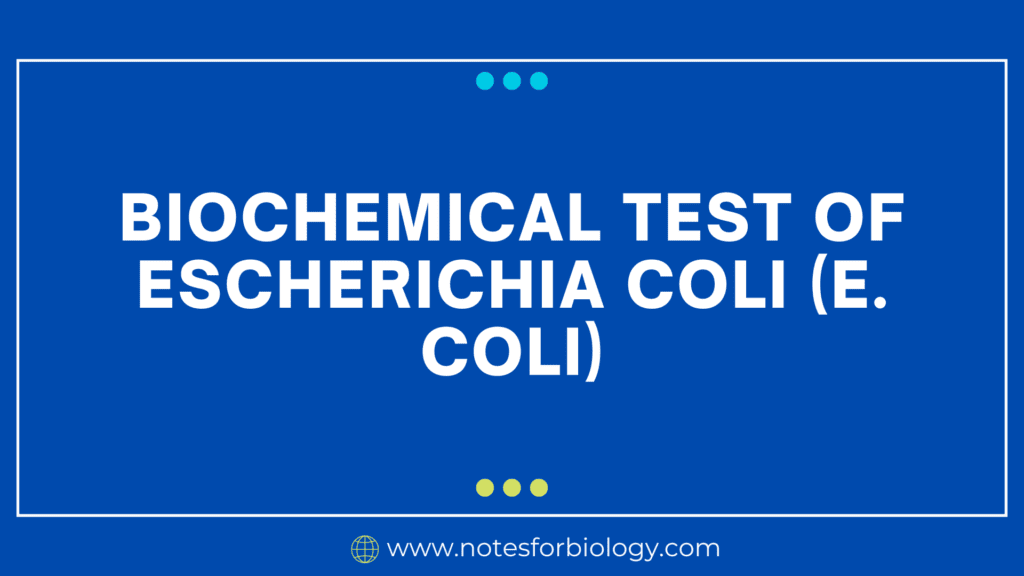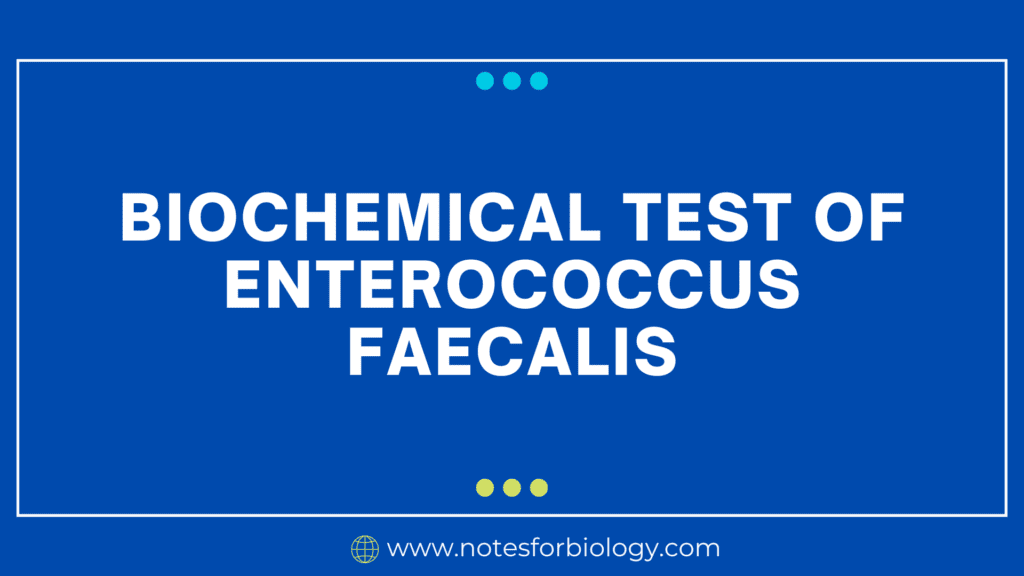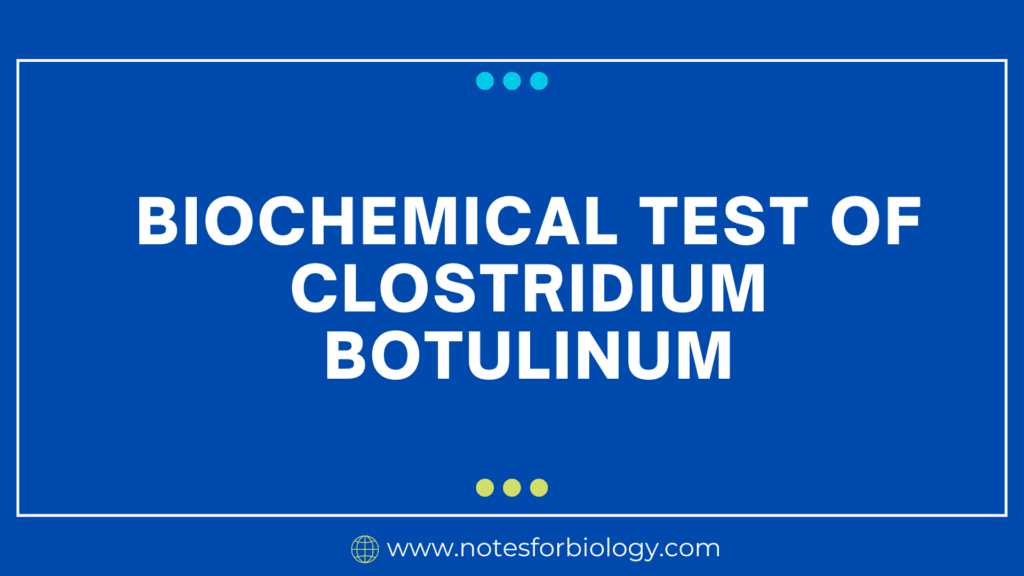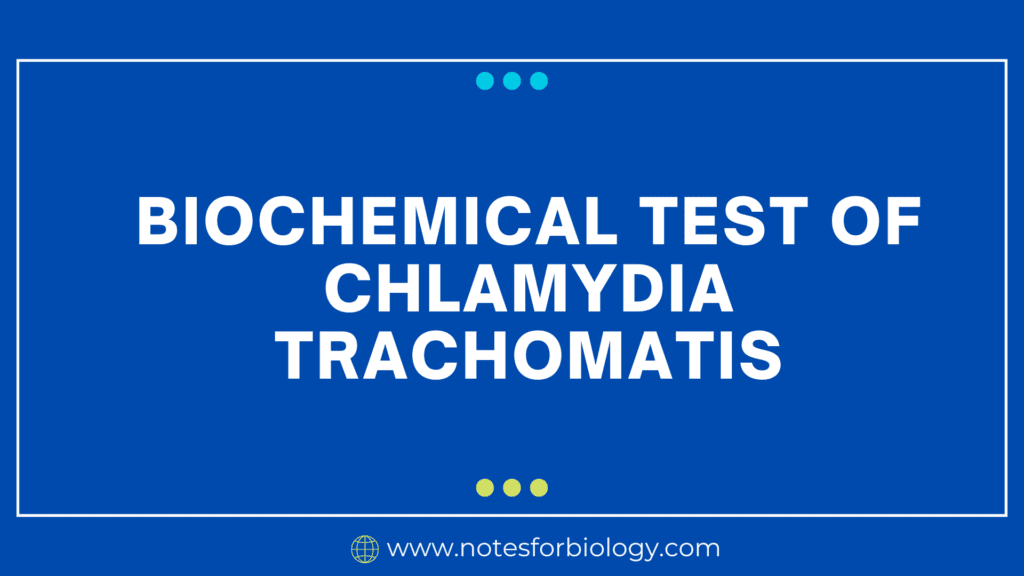Biochemical Test of Klebsiella granulomatis
Klebsiella granulomatis, formerly Calymmatobacterium granulomatis, is a Gram-negative bacteria that causes the sexually transmitted illness granuloma inguinale (donovanosis). Biochemical testing is critical for identifying and distinguishing Klebsiella granulomatous from other Klebsiella species and similar diseases. What is Klebsiella granulomatis? Klebsiella granulomatis is a Gram-negative rod-shaped bacteria that causes granuloma inguinale (donovanosis), a sexually transmitted infection. […]










